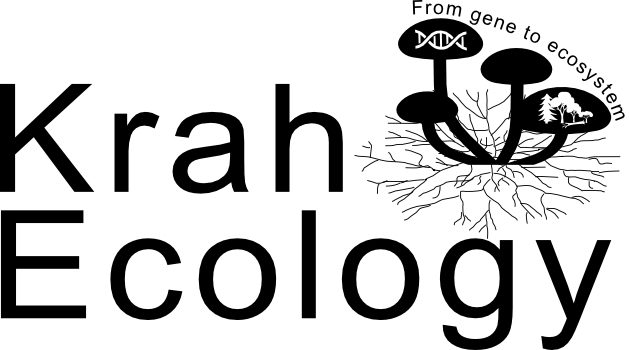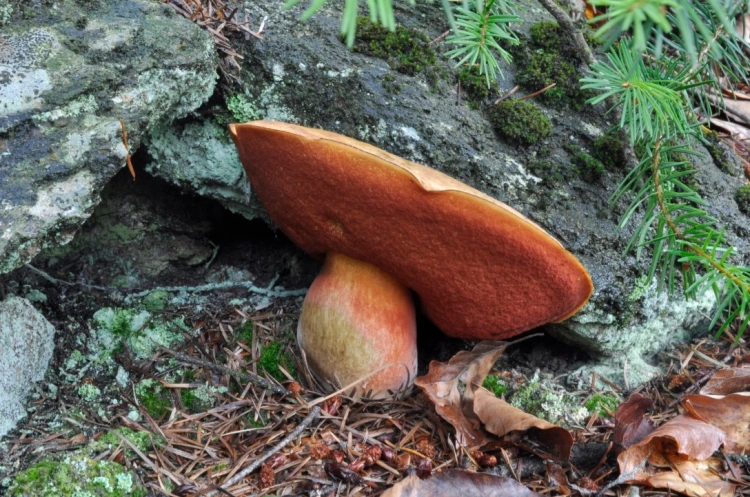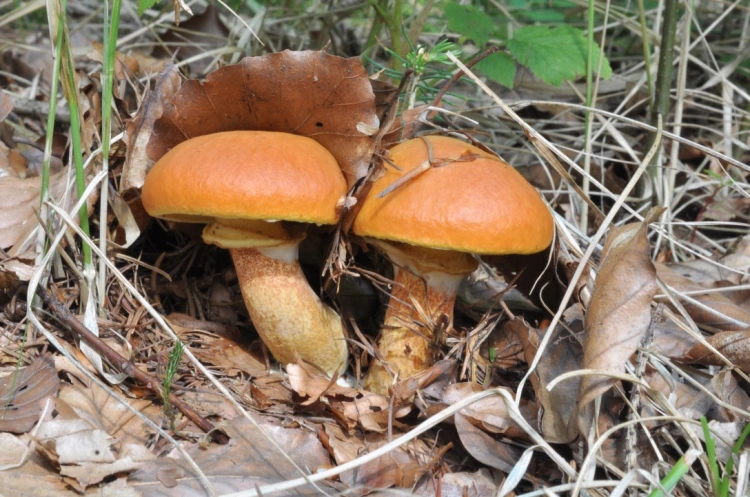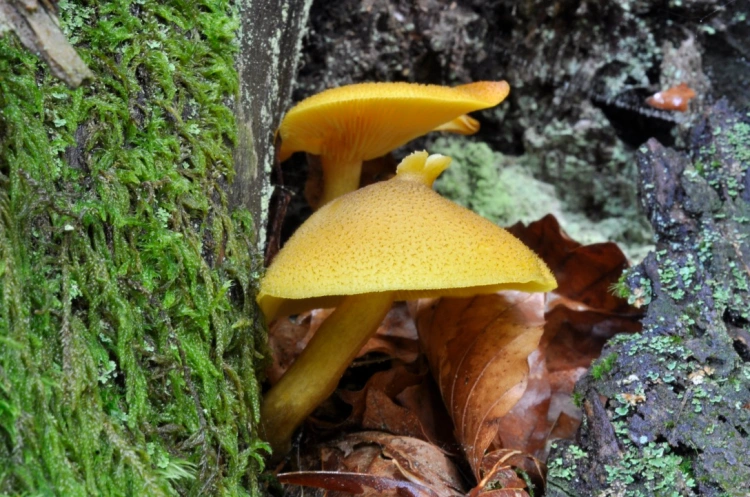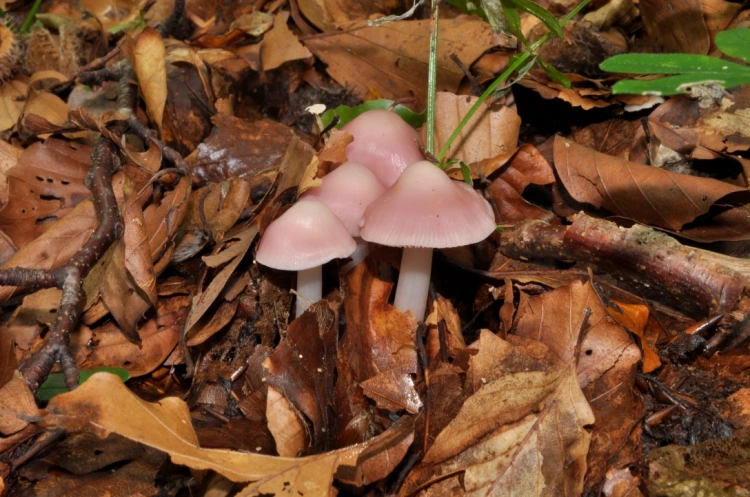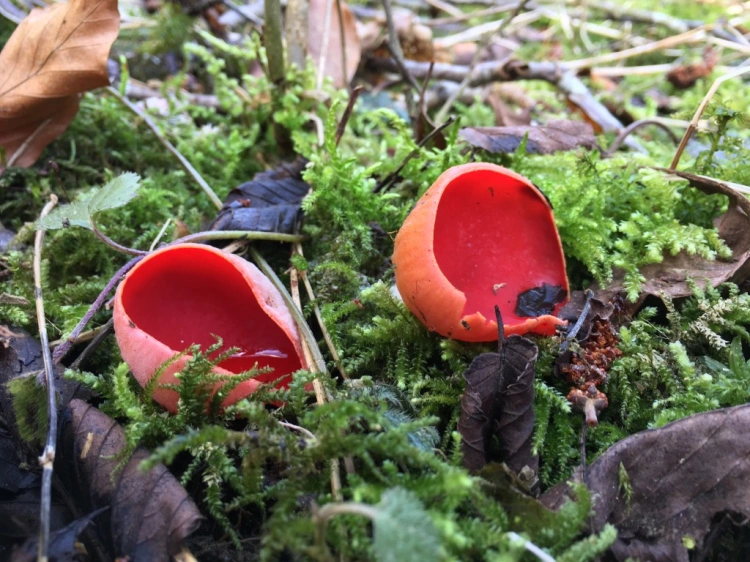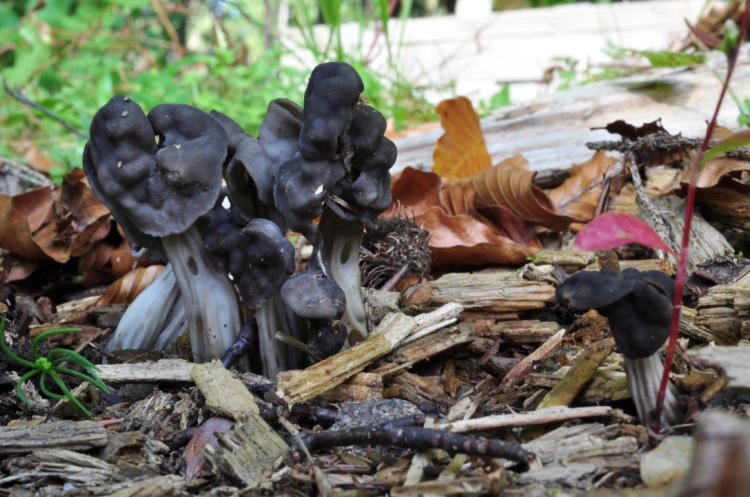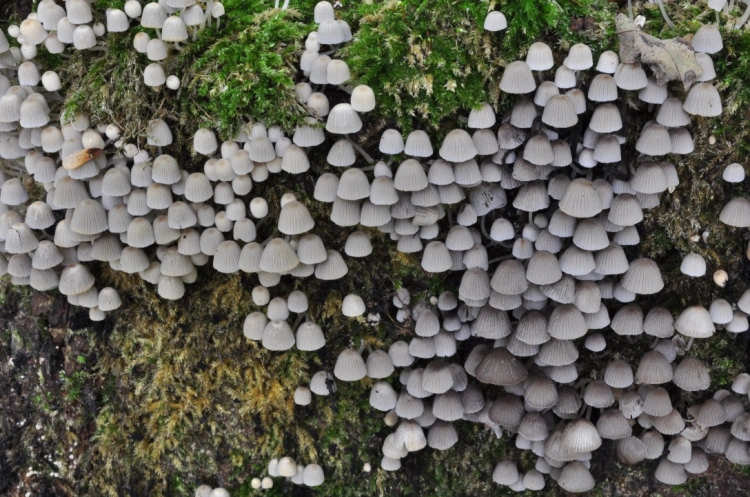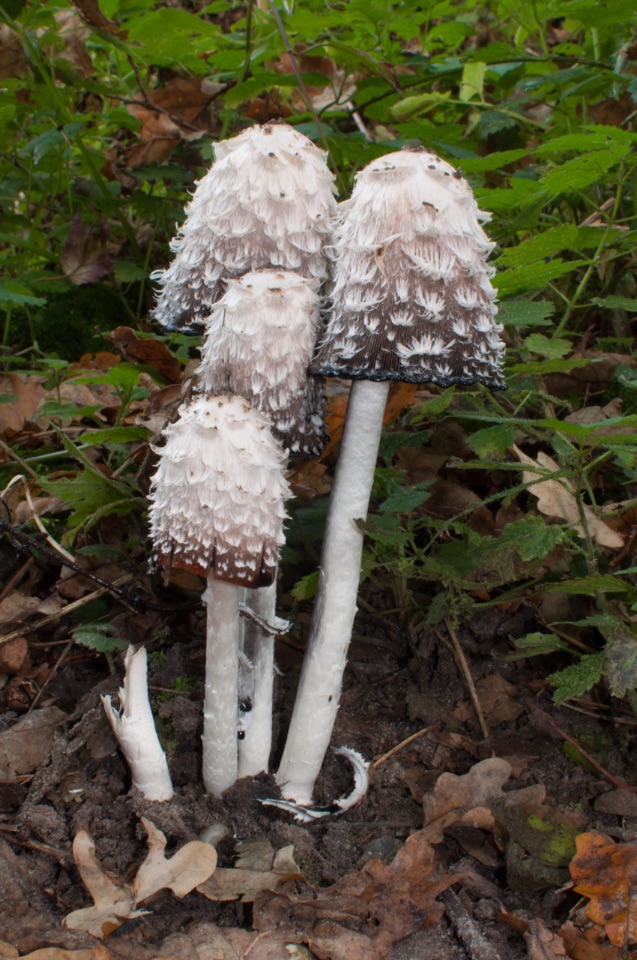Fungal ecology
Fungi are not only hyperdiverse with a current estimate of 2.5 million species (plants < fungi < animals), but they are also extremely diverse in terms of morphology, functionality and reproduction. Fungi follow different lifestyles, including pathogens, plant symbionts and decomposer fungi, thereby contributing significantly to ecosystem stability. Fungi come in a variety of shapes, from unicellular yeasts to dimorphic yeast and filamentous hyphal growth to filamentous growth with simple reproduction to filamentous growth with complex multicellular fruit bodies as reproductive organs.
My research focuses on those fungi which reproduce via conspicuous fruit bodies. There are currently ca. 26.000 described species from a number of phylogenetic groups. They grow as mycelium either in symbiosis with mainly host tree species or as free-living fungi decomposing dead organic matter. For reproduction, they produce fruit bodies – mushrooms are the typical form with a stipe and central cap – where sexual reproductive spores are produced and dispersed.
Although we know very well how the lifecycle generally appears, we have only little understanding of the diversity distributions, environmental effects and effects of climate change on these fungi. My research focuses on a better understanding of (1) the biotic and abiotic effects of the environment on fungi across different spatial scales and (2) of the mechanisms fungi use to withstand environmental conditions, such as thermoregulation via colour.
